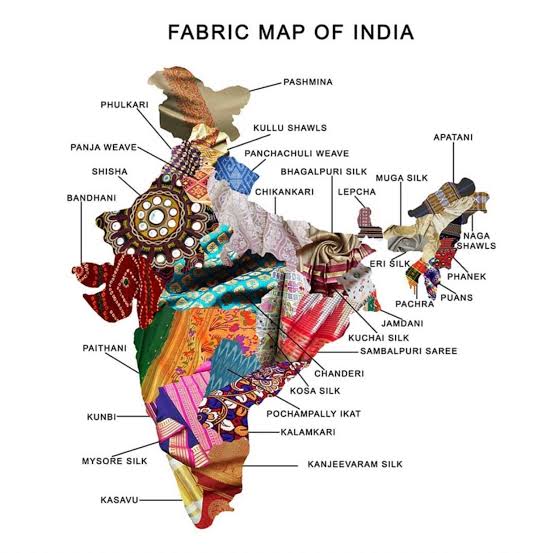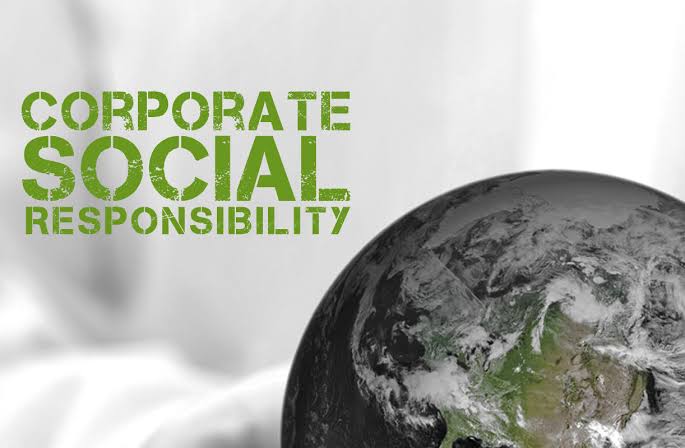CULTURE DIVERSITY
CULTURE DIVERSITY
Cultural diversity is about appreciating that society is made up of many different groups with different interests, skills, talents and needs.
The world is filled with people who have different beliefs, religions, traditions, and ways of living. The existence of cultural diversity ensures respect for all the communities that exist in a single society. Cultural diversity is a global demand that ensures progress to the human race.
Cultural diversity includes:
- Race.
- Ethnicity.
- Sexual orientation.
- Religion.
- Language.
- Gender.
- Age.
- Disability.
The World Day of Cultural Diversity is celebrated on 21st of May as declared by the UN General Assembly. The universal declaration of cultural diversity by UNESCO was in the year 2001 that recognizes cultural diversity as a ‘common heritage of humanity’. This makes cultural diversity a fundamental right of every individual and safeguards their interests. Survival International and UNESCO are some of the organizations that work to protect threatened societies and cultures.
The benefits of cultural diversity include inspiring each other, which can result in better understanding and productivity, helps in creating a pool of talent along with the exchange of innovative ideas.
Protection of the rights of minorities and providing them with the right amount of proper facilities, social interaction with every cast and creed help in promoting cultural diversity within the community and thus maintain communal harmony.
CULTURAL DIVERSITY OF INDIA
Let's discuss the cultural diversity of the country where we reside, INDIA.
Over the centuries, there has been a significant fusion of cultures between Buddhists, Hindus, Muslims, Jains, Sikhs and various tribal populations in India. India is the birthplace of Hinduism, Buddhism, Jainism, Sikhism, and other religions. They are collectively known as Indian religions.
India has often been recognized as a country of unique and distinct culture. With many languages, religions, music, dance, foods, architecture which differ from state to state, the Indian culture is an amalgamation of several cultures.
Officially there are 122 languages but 22 languages in the Eighth Schedule of the constitution give cultural pockets like Assamese, Gujarati, Konkani, Maithili, Manipuri, Oriya, Tamil, Telugu etc.
Indian fabrics are well-known, in addition to its religious and cultural traditions and languages.
Clothing and Costumes - India is known for its diverse clothing, which can be bright and colorful or plain and simple. Men often wear a white dhoti or a chudithar from hip to ankle—and a kurta, which is a loose shirt that usually goes to the knees. Turbans are also worn in some parts in order to protect the head. One of the most well-known pieces of clothing from India is the sari, which is a colorful, graceful garment worn by Indian women. The fabric ranging from silks to cotton is 6 yards or 18 feet in length. Traditionally, the sari is worn in different styles in different regions of the sub-continent.
Other traditional women’s clothing in India include the ghagra or garara, an intricately designed full skirt, paired with a blouse and stole draped across the upper body. Women also wear versions of the chudithar or baggier trousers called the salwar, worn with a feminine-styled kurta on top and often a stole. Modern India has continued to create contemporary stylized versions from traditional clothing, especially for women.
Traditional Indian clothing for women in the north and east are saris worn with choli tops; a long skirt called a lehenga worn with choli and a dupatta scarf to create an ensemble called a ghagra choli; or shalwar kameez suits, while many south Indian women traditionally wear sari and children wear pattu langa.
Modern India stands as one of the most diverse countries in the world, a subcontinent that is home to over 100 languages, over 700 different tribes, every major religion in the world, and to some of the world's largest cities as well as remote regions with almost no people.
Therefore, unity in diversity is very important for a country like India. If unity exists among the people, it becomes impossible to disintegrate the nation and its people. This helps in maintaining peace, harmony, and prosperity in a country.






Comments
Post a Comment